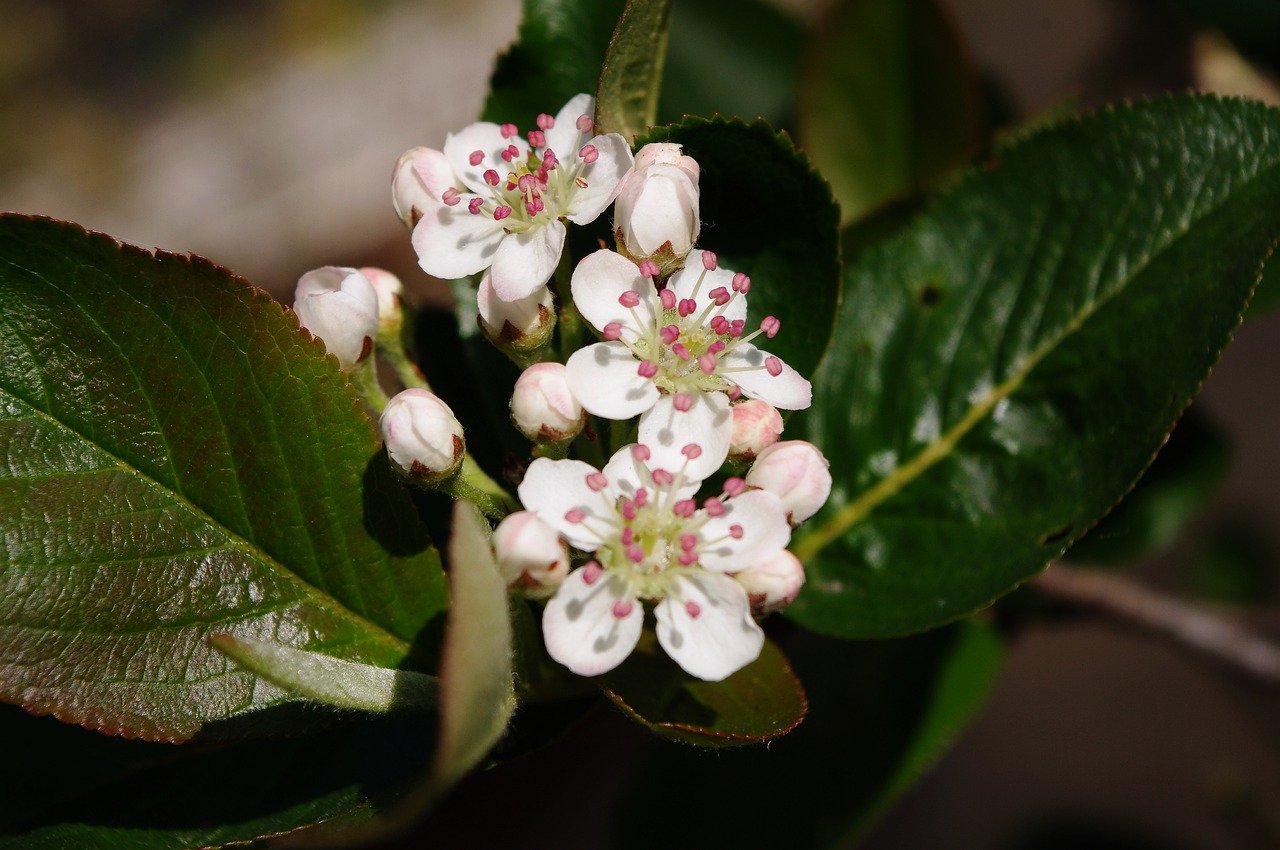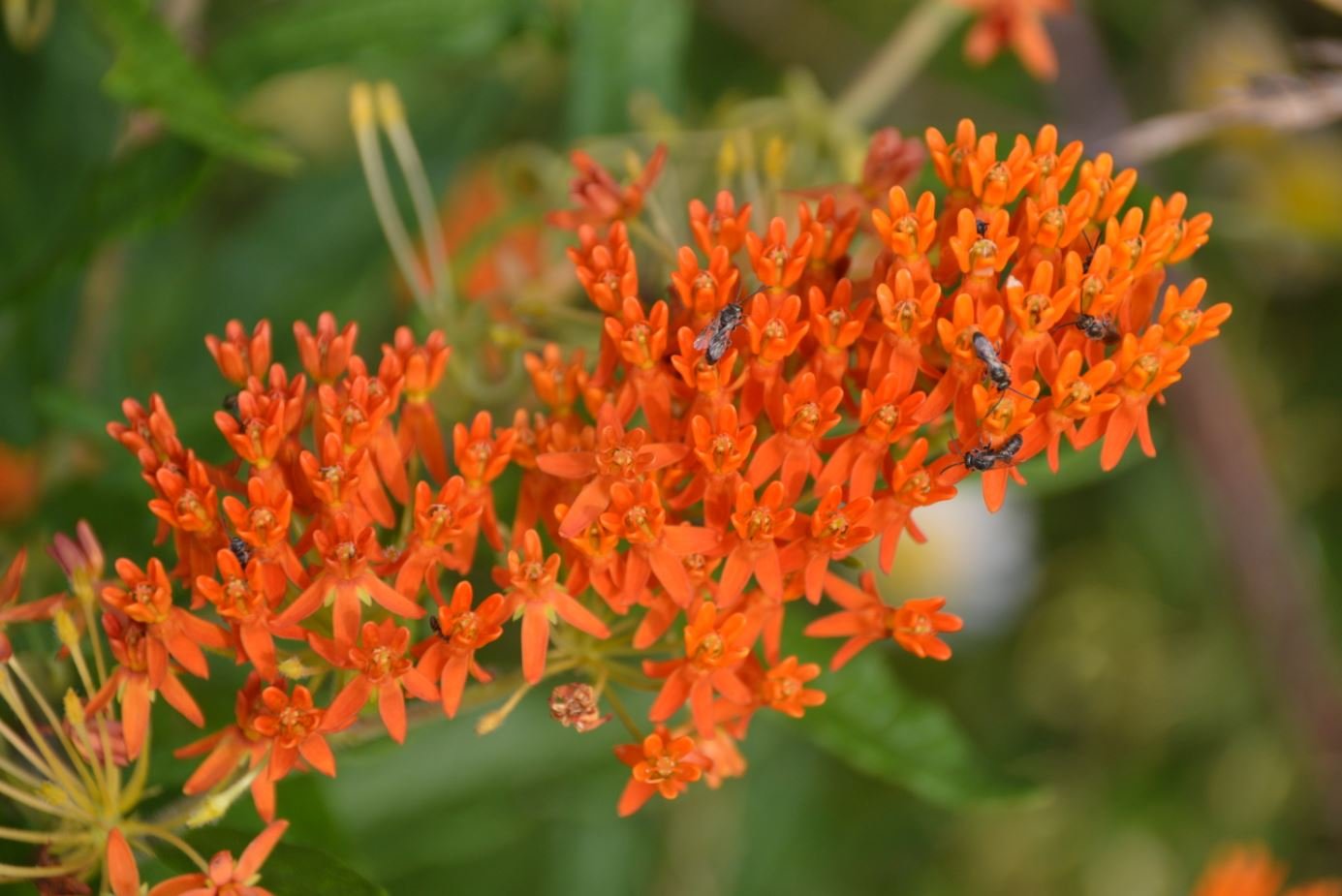How to Build a Rain Garden
A Case Study in Eaton County
Rain gardens are a fantastic way to make your site more sustainable. These gardens are designed to capture, store, and filter rainwater naturally, which reduces stormwater runoff, pollution, and pressure on your community’s stormwater infrastructure. If you’re considering adding a rain garden outside of your school, municipal building, or manufacturing plant, read on.
Eaton County, Michigan, recently decided to include a rain garden on the site of their new sheriff’s substation. When C2AE’s landscape architects designed this rain garden, they considered the specific site, suitable native plants, the soil, and more. They also followed the American Society of Landscape Architects’ Sustainable SITES Initiative. All of our professional landscape architects are LEED Accredited Professionals. Here’s a high-level overview of their process.
Positioning the Rain Garden
When you’re building a rain garden, there are a couple of things to think about upfront. Ask yourself, “Where is the water on my site going?” The answer should guide your decision on placement.
Eaton County sheriff's substation building and the accompanying parking lots are hardscapes, impervious surfaces that water can’t pass through. As water travels off the roof and across the parking lot, it becomes stormwater runoff, collecting nutrients and hydrocarbons. Without the right drainage solution, this untreated water would drain into a wetland northeast of the site, potentially harming local flora and fauna. Instead, C2AE’s site designers directed part of this stormwater to a better location, a large rain garden on the site’s southwest side. This solution minimizes the amount of pollution entering the surrounding natural habitat.
Choosing Native Plants
Rain gardens are environments designed to accommodate cycles of wetness and dryness, and these areas can be difficult for certain plants to thrive in; therefore, choosing native plants will give your garden the best possible chance at success. Native plants require minimal maintenance because they’re naturally acclimated to survive in the local ecosystem without human interference. These plants are also generally less aggressive, and they support native wildlife. View a list of native plants based on your zip code.
Some of the plants we selected for the substation’s site include chokeberry, red twig dogwood, yarrow, and butterfly weed. On clear days, the rain garden receives direct sunlight, so our landscape architects planned accordingly when selecting plants.
Where to Plant Them
Plants generally require a balance of soil, oxygen, water, and sunlight to survive. In very wet conditions, the oxygen content in the soil becomes too low for most plants to take root and grow. However, certain plants—generally trees and shrubs—are better suited to these conditions than others.
By design, rain gardens are roughly bowl-shaped, with the most water collecting at the center. That means the plants at the lowest point of the rain garden need to withstand the greatest amount of water and fluctuating water levels. Native plants best suited for this area include tussock sedge, common fox sedge, and swamp milkweed.
Conversely, plants along the edge of the rain garden are more often “upland plants,” selected for their ability to live close to, but not in, pooling water. Native plants best suited for this area include chokeberry and black gum trees, switchgrass, and little bluestem.
Other Considerations
An effective rain garden will filter water, not retain it. Ultimately, stormwater needs to infiltrate the ground. The best soil for a permeable rain garden is a combination of sand, topsoil, and compost, covered by a layer of mulch or gravel. Rocks along the edge of the garden can also help prevent erosion. For commercial settings, an underdrain could also help direct filtered water to certain locations.
So are you ready to add a rain garden to your site? Contact us today!
Thank you to Jess Spencer, PLA, LEED AP BD+C, and Joe Lehning, PE, for contributing to this post.






